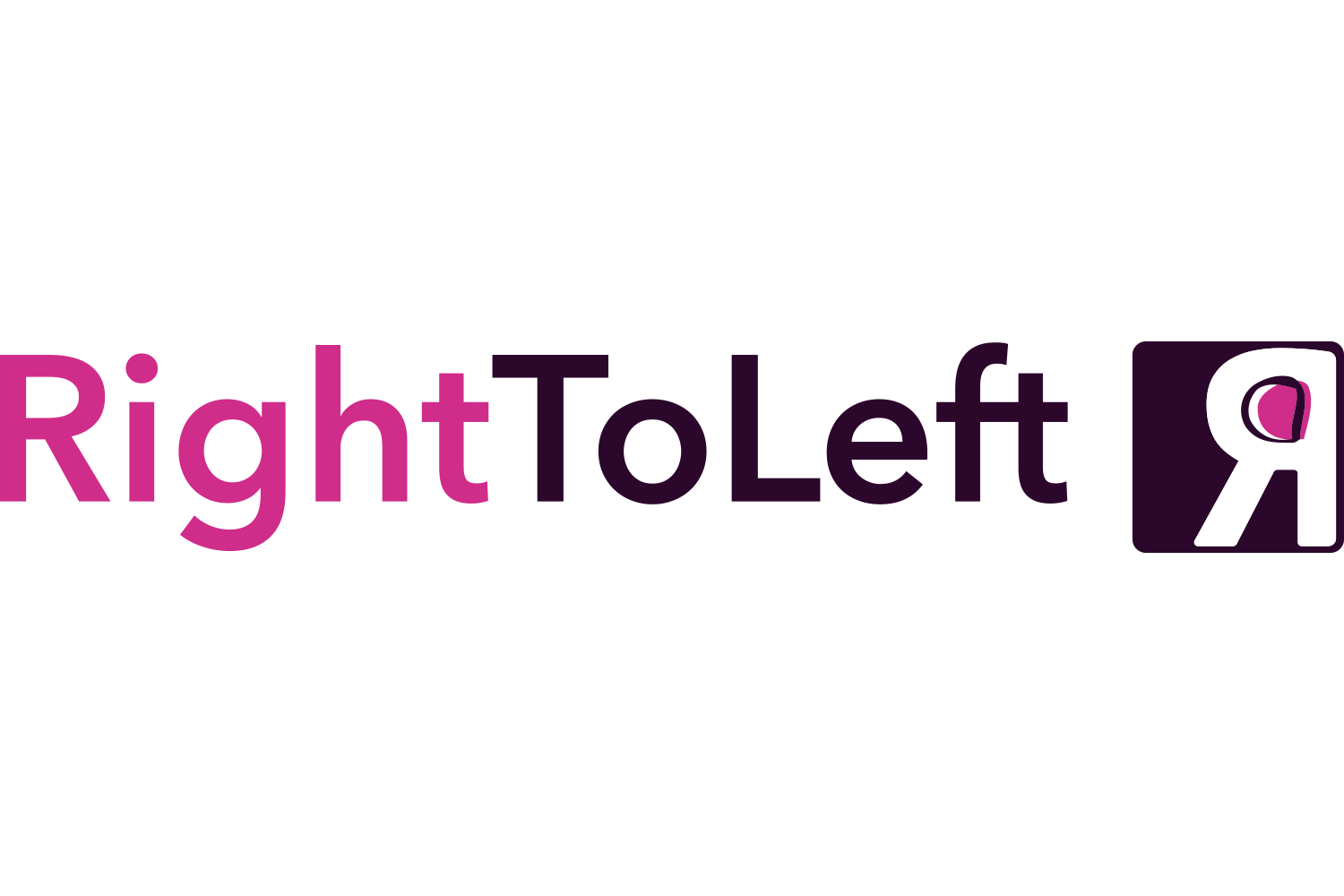Stop making product management even harder!
When building a product, it is easy to get lost between the weeds of features vs problem. This often leads to teams building solutions that aren’t quite hitting the mark, and even worse creates confusion and misalignment with the rest of the team as to why these decisions were made in the first place.
Aligning around the value of product development, what you’re building, and why, can change the conversation and transform you from a disjointed team to one that communicates, collaborates, and works as a single, coordinated entity.
Lack of direction
There are a lot of reasons why teams end up building the wrong features. There are certainly a lot of contributing factors, like not talking to the right customers (or not talking to customers at all!), shiny object syndrome, jumping the gun to building features… These are all true and common mistakes. But the real underlying issue that ties all of these together is really a lack of product concept.
A product concept is the building block to everything else that your product team (and your organization) will build upon.
In its simplest form, it outlines the following:
What problem(s) you are solving
Who you are solving them for
Why this is important
What experience do you want to provide
What behaviours do you want to influence
Once there is internal alignment around all of these things, it’s easier to then devise a strategy and build a roadmap that outlines the direction you will take to create value. Supplement this with a product creation plan that outlines how each initiative will create that value and help align your product with your company objectives, allowing you to tie product plans with your goals.
Wrong features are often built when you don’t understand the what and why. Good features are designed poorly when you have no sense of the experience and behaviors you’re meant to influence with your product. The right foundation can help prevent this from happening, and ensure you’re building the right product for the right audience.
Lack of focus
With your product concept now in hand, not only can you narrow down the type of problems and solutions you’ll be focusing on, but who your product is providing value for.
We live in an era of generalist tools - tools that claim to be able to do it all for everyone in one single space. Here’s the thing, if you’re trying to do it all and build solutions for everyone at the same time, you’re likely not really doing much of it very well.
Now don’t take me wrong, I’m a fan of these tools, they really are helpful - but only to a certain extent. They tend to solve very simple problems up to a certain point of user growth and maturity (eg, the single user or the small 5-person startup team,) but after that they start falling apart at the seams.
You can’t expect a generalist tool to fit a team of 20, 30 or even 100, because that’s not what they were designed for, and that’s ok!
So this is where you need to ask yourself: who is my product serving?
Is it for a single-use case? Are you serving teams? Of what size? How does it scale?
Once you start narrowing down these specifics, you’ll select your niche and focus on providing value for them. This is called finding product-market fit.
But as we’ve discussed before, product-market fit is continuous, so remember to constantly revise it and ask yourself how you might best unlock growth for your particular market and the segment(s) that you are serving. There may be an opportunity to move to other segments and expand your market share, provided you understand first what that new market segment is.
Remember, it all starts with understanding your audience and what problems they have. Once you nail that, the more you can unlock that growth and move upwards. It is better to provide value with a solid strategy than try to provide a strategy with little bits that may (or may not) provide value.
Communicating value outwards
So you’ve got your product concept, and you understand how and who you are providing value for with a product value creation plan - excellent! Now, remember to remain transparent and communicate this to your entire organization.
I would like to preface this by saying most teams lack good internal communication, which is actually pretty normal when growth happens, but don’t allow it to become the norm. As quick growth happens, a lot of assumptions are made around what people know and don’t know, and often the knowledge from the product team isn’t communicated outward to business-facing teams.
This causes some of the most typical organizational comms issues such as:
Marketing talking about a product that doesn’t exist
Sales promising features that aren’t aligned with the product vision
Success has a hard time strengthening relationships with customers
All of these problems can absolutely be avoided, and all it takes is to switch the team mindset from talking at each other to talking with each other.
This means changing the context from:
We’ve built feature x, it does these things and will go live next week.
To:
We have built feature x, which helps customers reach a specific outcome.
This serves [customer segment] in our product concept,
provides this particular experience, influences [behaviours]
And aligns with [company goal] and impacts [key result.]
More often than not, because teams are pressured to release things quickly, the communication looks more like the first scenario. This certainly does not help anyone understand why things are being done and how it’s meant to help customers.
Taking an extra few minutes to add more context around what, why, for whom, and how it’s related to the overall strategy is an absolute game changer, and will provide support for your external facing teams to have better conversations.

